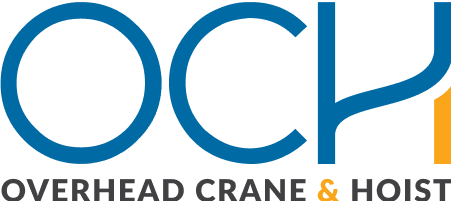Simultaneous and Independent Lifting (S/I Lifting)
Synchronized hoists can be supplied in two configurations. One configuration is two hoists with an electrical control system that allows them to operate both simultaneously and independently. The other configuration uses mechanical synchronization with one hoist motor driving 2 or more hooks. Common applications of synchronized lifting with chain hoists in manufacturing facilities are for the movement of large, bulky, or awkward components and equipment. Synchronized lifting with chain hoists allows for greater control and precision when lifting or moving heavy loads. By using multiple hooks, the load can be lifted and moved with more precision and with less risk of the load rotating, swinging, or tipping.
Fixed Lifting with Multiple Hooks
Use multiple hooks for lifting is in a configuration using a fixed configuration with mechanical synchronized lifting. What this means is the hooks are mounted in fixed points and the hooks are controlled by one hoist motor, sometimes connected mechanically with a drive shaft. A fixed configuration allows the hooks to be synchronized 100% of the time in the fixed locations. With the hooks in fixed locations, the hoists cannot be used singularly like in simultaneous and independent (S/I) lifting applications. This assures they stay 100% synchronous for the lifting operation performed.
See what Demag DC Chain Hoists can do for your synchronized lifting project! Whether you require simultaneous and independent lifting or fixed lifting with multiple hooks, DC chain hoists have standard configurations to meet your needs. Learn more about the LDC-D and LDC-Q for fixed lifting applications. Explore our DC Pro hoist line to learn how they can meet your needs individually and with multiple hooks for simultaneous lifting.






